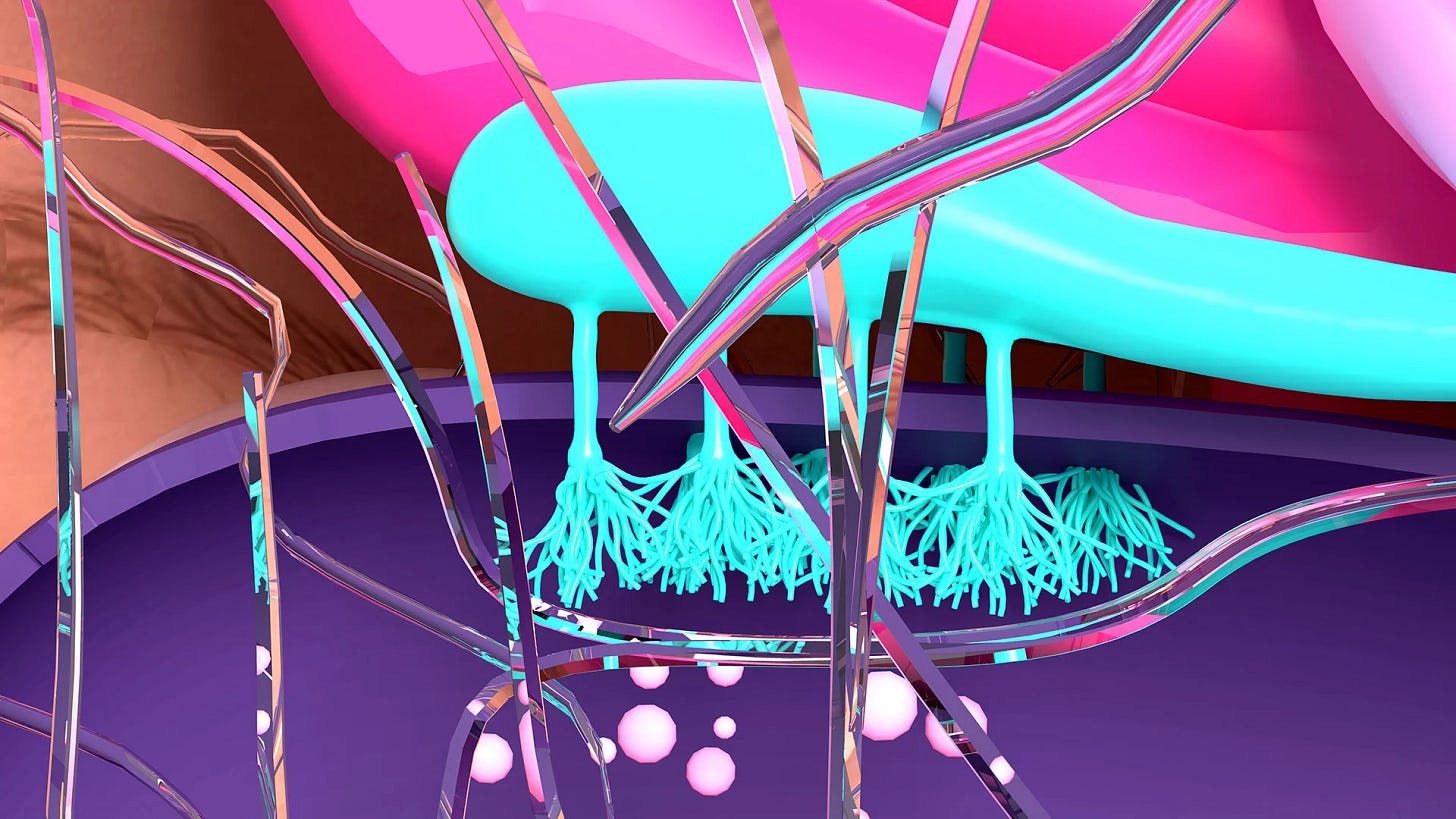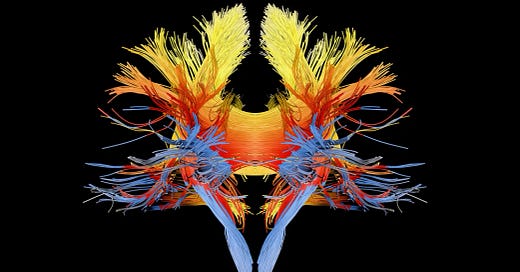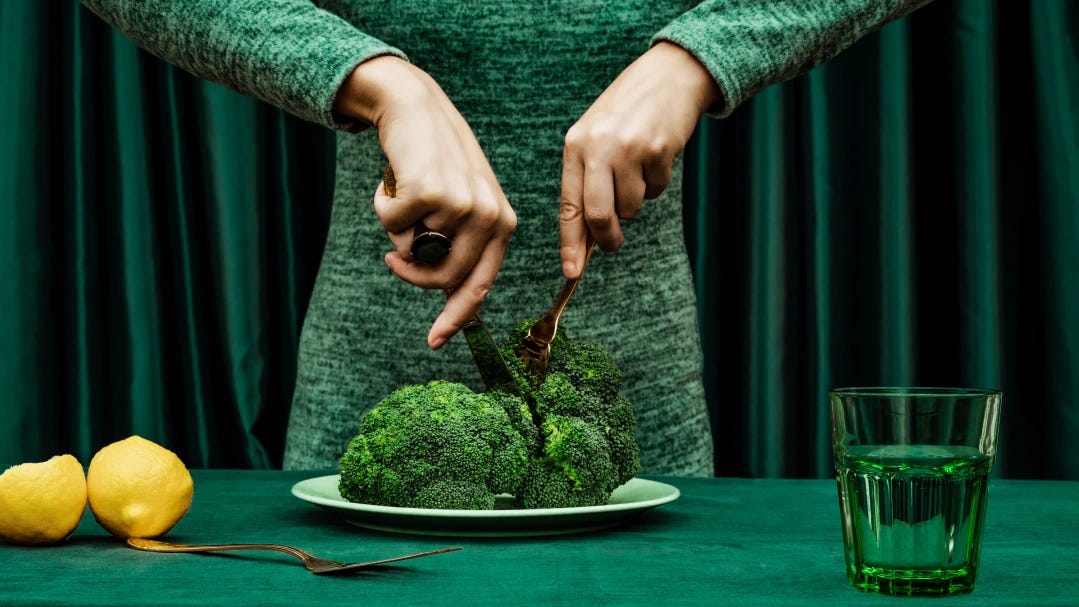Sci-Ed Update 266
Brain makes mind, Neutrophils may trigger fibroneuralgia, Gray hair mechanism, Reading thoughts with brain scans, Why the foot falls asleep, Sex is not binary, Poop information, & Smell perception
This is how your brain makes your mind
Your mind is in fact an ongoing construction of your brain, your body, and the surrounding world.
What is your mind? It’s a strange question, perhaps, but if pressed, you might describe it as the part of yourself that makes you who you are—your consciousness, dreams, emotions, and memories. Scientists believed for a long time that such aspects of the mind had specific brain locations, like a circuit for fear, a region for memory, and so on.
But in recent years we’ve learned that the human brain is actually a master of deception, and your experiences and actions do not reveal its inner workings. Your mind is in fact an ongoing construction of your brain, your body, and the surrounding world.
Kevin Patton comment→ Read the whole article. It’s an easy read and gives more information about one approach to the mind from a biological perspective.
Read more→ AandP.info/uhi
Mouse Study Reveals An Immune Cell That May Cause Fibromyalgia
Scientists have caught a type of immune cell invading nerve cells, discovering a possible cause of fibromyalgia in an animal model of the disease.
Fibromyalgia is characterized by chronic, widespread, and debilitating pain, thought to be triggered by a process known as central sensitization. This is where the body's central nervous system mistakenly amplifies nerve signals passing through the brain and spinal cord, sensitizing the person to more pain in a vicious feedback loop.
Research has found a surprisingly high number of neutrophils in the bloodstream of fibromyalgia patients, along with elevated levels of the inflammatory cytokines neutrophils produce.
Neutrophils are not normally found within tissues of the nervous system, only in instances of injury or disease. Yet in a series of imaging experiments, the human neutrophils collected from fibromyalgia patients were seen invading bundles of sensory nerves called ganglia in the animal's peripheral nervous system.
Read more → AandP.info/a6g
Hair Turns Grey When Stem Cells Get Stuck

Stem cells have some amazing capabilities. Some can become any type of cell in the body, and some can move between the different growth compartments found in hair follicles. A new study has suggested that stem cells that migrate in hair follicles can get stuck as we get older; these cells have difficulty maturing, and hair color gets harder to maintain. The findings have been reported in Nature.
In this study, researchers analyzed cells from mouse or human skin called melanocyte stem cells (McSCs). Hair color is maintained by the maturation of a nonfunctional but continuously replenished supply of McSCs, which generate the pigments that create hair color, but only if the McSCs are functioning normally.
This study has shown that McSCs have plasticity. As hair grows, these cells migrate back and forth on a spectrum of maturity while they move between sections of the developing hair follicle. McSCs are exposed to various levels of proteins that affect their maturation within those compartments. These cells may be at their most primitive state or the next phase of maturation depending on where they are.
Throughout life, hair ages, sheds, and grows back in cycles. As this happens, more and more McSCs remain stuck in a stem cell compartment known as the hair follicle bulge. They don't mature into the next state or move back to their original location
Read more→ AandP.info/wu1
AI Experiment Decodes Brain Scans to Reveal Things People Are Thinking

Scientists said Monday they have found a way to use brain scans and artificial intelligence modeling to transcribe "the gist" of what people are thinking, in what was described as a step towards mind reading.
While the main goal of the language decoder is to help people who have lost the ability to communicate, the US scientists acknowledged that the technology raised questions about "mental privacy".
Aiming to assuage such fears, they ran tests showing that their decoder could not be used on anyone who had not allowed it to be trained on their brain activity over long hours inside a functional magnetic resonance imaging (fMRI) scanner.
Previous research has shown that a brain implant can enable people who can no longer speak or type to spell out words or even sentences.
Read more→ AandP.info/ckc
What’s Really Happening When Your Hands or Feet Fall Asleep?
You know that dull, pins-and-needles sensation you get when your limbs fall asleep? Turns out, it has everything to do with our nervous systems. Here's why our hands and feet keep snoozing on us and what we can do to wake them up.
It happens to the best of us: You’re sitting in the same position for a bit too long (perhaps slumped over your computer) and suddenly, you can’t move your hands or feet. It usually takes a few minutes to return to normal, but after some stomping and shaking, they magically wake up.
When our limbs decide to take a snooze, we often experience numbness, dull pain or even a pins-and-needles feeling. As it turns out, these abnormal sensations have a medical name: paresthesia. Symptoms of paresthesia are typically temporary and can usually be resolved by standing up or switching positions.
So, after some fuss, you've finally gotten your hand or foot to wake up and the weird sensations disappear ... until it happens again. What is really going on when a body part falls asleep?
Read more→ AandP.info/crn
Here’s Why Human Sex Is Not Binary
Ova don’t make a woman, and sperm don’t make a man
There are those, politicians, pundits and even a few scientists, who maintain that whether our bodies make ova or sperm are all we need to know about sex. They assert that men and women are defined by their production of these gamete cells, making them a distinct biological binary pair, and that our legal rights and social possibilities should flow from this divide. Men are men. Women are women. Simple.
Last year’s Supreme Court confirmation hearings played host to this contention when Republican Congressional representatives upset at the nominee’s refusal to define “woman” took it on themselves to define the term; they came up with “the weaker sex,” “a mother,” and “no tallywhacker.” That human sex rests on a biological binary of making either sperm or ova underlies all these claims.
This is bad science. The production of gametes does not sufficiently describe sex biology in animals, nor is it the definition of a woman or a man.
Read more→ AandP.info/xhf
How bugs and chemicals in your poo could give away exactly what you’ve eaten
Fecal analysis could help deliver personalized, microbiome-based diet advice.
Feces are good for so much more than flushing.
Yes, our waste contains the stuff that our bodies are generally trying to get rid of. But it can also provide insight into our gut microbiomes and how they influence our health. And we’re getting closer to understanding the impact of individual foods.
The gut microbiome is the name we give to the community of microbes that make a home in our insides. These bugs end up in our stool, as do the many chemicals they produce.
Scientists are getting better at collecting and making sense of this data. This week, I came across a fascinating study in which researchers tried to tell whether people had eaten individual foods—avocados, walnuts, broccoli, and others—just by analyzing their poo. For some of these foods, accuracy was upwards of 80%.
The scientists behind the work want to use this approach to aid research. But we could potentially use the same approach to improve our health. Other researchers hope to use stool analysis to provide people with personalized, microbiome-based diet advice, for example.
Read more→ AandP.info/0iq
The Poop Episode | Using Fecal Changes to Monitor Health
In The Poop Episode, host Kevin Patton applies stories from his experience monitoring digestive health in zoo and circus animals to human anatomy and physiology. We explore the frequency of defecation, and how to read poop for common health issues. This is the episode that tells you how to get an elephant to poop on command!
To listen to this episode, click on the player (if present) or this link→ theAPprofessor.org/121 (or find it wherever you listen to audio)
Mapping the path from smell to perception

Our sense of smell has a powerful effect on our behavior and emotions. Aromas can evoke vivid memories of the past or warn us of a smoldering fire. Yet to neuroscientists, smell remains the most mysterious of our five senses.
Once the nose detects something, how does the brain determine what it means? Scientists aren’t sure. To help them figure it out, Cold Spring Harbor Laboratory (CSHL) investigators Florin Albeanu, Alexei Koulakov, and Anthony Zador have created an extensive new map of the brain’s olfactory circuits.
Read more→ AandP.info/lpi








